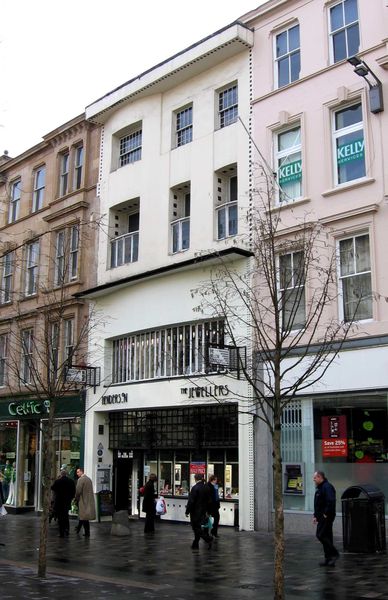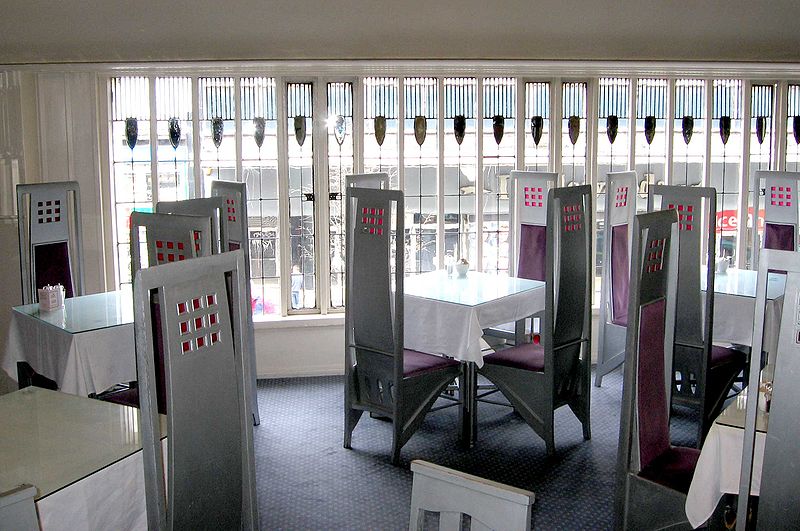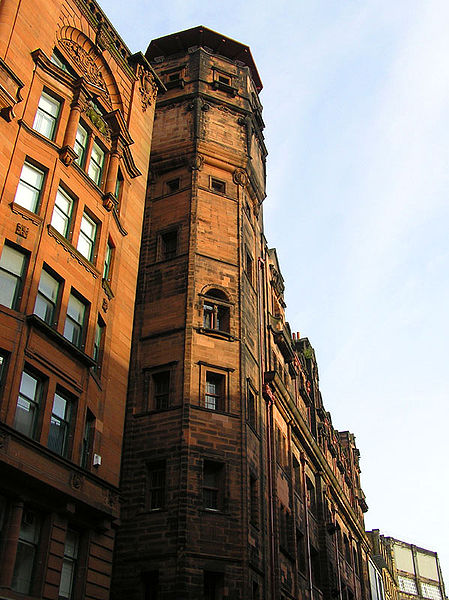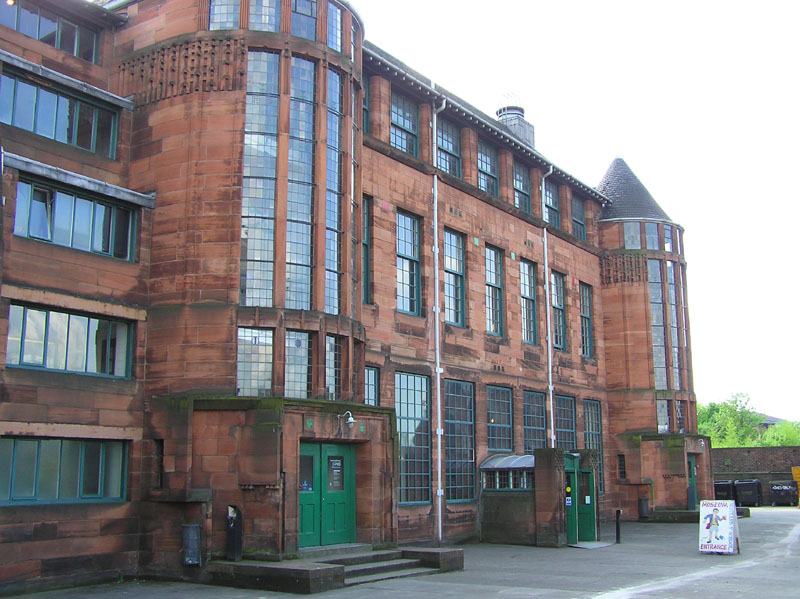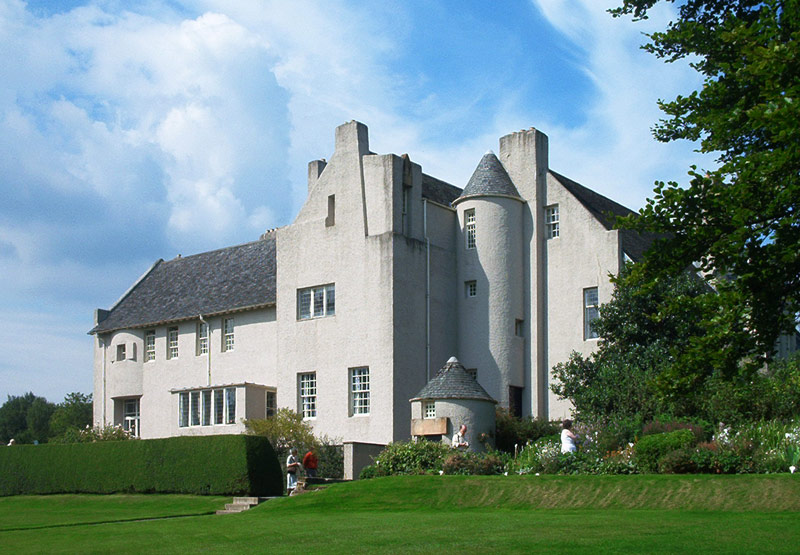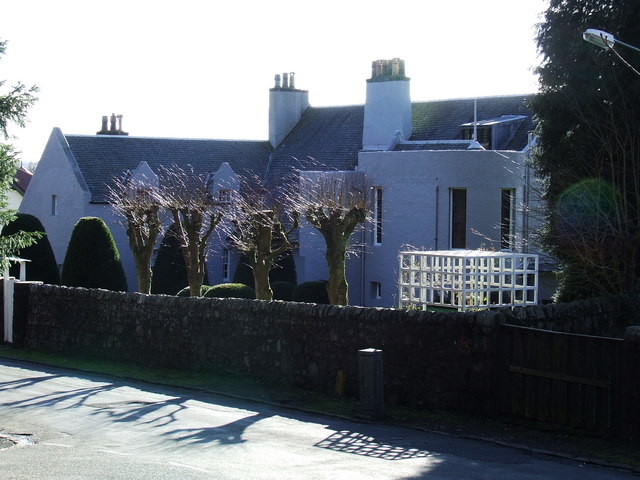<Back to Index>
- Physician James Young Simpson, 1811
- Architect Charles Rennie Mackintosh, 1868
- Prime Minister of the United Kingdom Robert Banks Jenkinson, 2nd Earl of Liverpool, 1770
PAGE SPONSOR
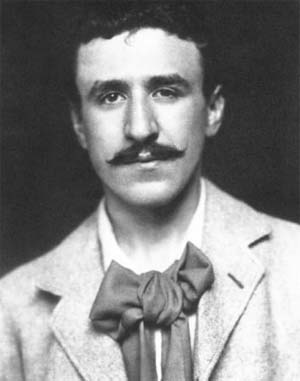
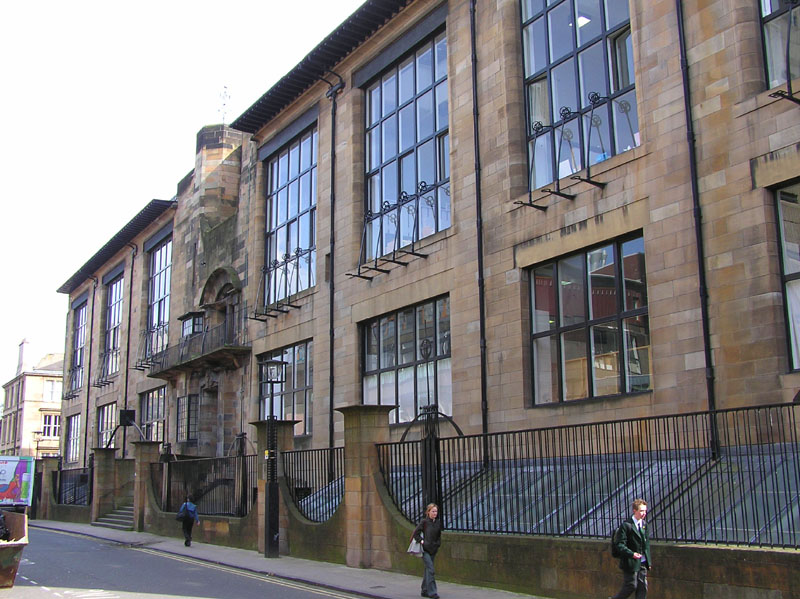
Charles Rennie Mackintosh (June 7, 1868 – December 10, 1928) was a Scottish architect, designer, watercolourist and sculptor. He was a designer in the Arts and Crafts movement and also the main exponent of Art Nouveau in the United Kingdom. He had a considerable influence on European design.
Charles Rennie Mackintosh was born at 70 Parson Street Glasgow on 7 June 1868 as the fourth out of five children and the second son to William Mackintosh and Margaret Rennie. The young Charles attended Reid's Public School and the Allan Glen's Institution. In 1890 Mackintosh was the second winner of the Alexander Thomson Travelling Studentship, set up for the "furtherance of the study of ancient classic architecture, with special reference to the principles illustrated in Mr. Thomson’s works." Upon his return, he resumed with the Honeyman and Keppie architectural practice where he commenced his first grand architectural project, the Glasgow Herald Building, in 1899.
Charles Rennie Mackintosh met fellow artist Margaret MacDonald at the Glasgow School of Art. Members of the collaborative group known as “The Four”, the two married in 1902. After several successful building designs, Mackintosh became a partner of Honeyman and Keppie in 1907. During his time with the firm, Charles Rennie Mackintosh refined his architectural style. In 1909 he designed the Scotland Street School, which would become his last major architectural commission. When economic hardships were causing many architectural practices to close, he resigned from Honeyman and Keppie in 1913 and attempted to open his own practice. Unable to sustain his office, Mackintosh and his wife took an extended holiday in Suffolk where he created many floral watercolors. Upon return a year later, the Mackintoshes moved to London where Charles continued to paint and create textile designs. In 1916, Mackintosh received a commission to redesign the home of W.J. Bassett-Lowke. This undertaking would be his last architectural and interior design project.
Due to financial hardship, the Mackintoshes moved in 1925 to Port-Vendres,
a Mediterranean coastal town in southern France with a warm climate
that was a comparably cheaper location in which to live. During this
peaceful phase of his life, Charles Rennie Mackintosh created a large
portfolio of architecture and landscape watercolor paintings. The
couple remained in France for five years, before being forced to return
to London in 1927 due to illness.
That year, Charles Rennie Mackintosh was diagnosed with throat and tongue cancer.
A brief recovery prompted him to leave the hospital and convalesce at
home for a few months. Necessity resulted in Mackintosh being admitted
to a nursing home where he died on December 10, 1928 at the age of 60. He lived most of his life in the prosperous city of Glasgow. Located by the margins of the River Clyde, during the Industrial Revolution the city had one of the greatest production centres of heavy engineering and shipbuilding in
the world. As the city grew and prospered, a faster response to the
high demand for consumer goods and arts was necessary. Industrialized,
mass-produced items started to gain popularity. Along with the
Industrial Revolution, Asian style and emerging modernist ideas also influenced Mackintosh's designs.
When the Japanese isolationist regime softened, shipyards building at
the River Clyde were exposed to Japanese navy and training engineers;
Glasgow’s link with the eastern country became particularly close. Japanese design became more accessible and gained great popularity. This
style was admired by Mackintosh because of: its restraint and economy
of means rather than ostentatious accumulation; its simple forms and
natural materials rather than elaboration and artifice; the use of
texture and light and shadow rather than pattern and ornament. In the
old western style furniture was seen as ornament that displayed the
wealth of its owner and the value of the piece was established
according to the length of time spent creating it. In the Japanese arts
furniture and design focused on the quality of the space, which was
meant to evoke a calming and organic feeling to the interior. At the same time a new philosophy concerned
with creating functional and practical design was emerging throughout
Europe: the so-called "modernist ideas". The main concept of the
Modernist movement was to develop innovative ideas and new technology:
design concerned with the present and the future, rather than with
history and tradition. Heavy ornamentation and inherited styles were
discarded. Even though Mackintosh became known as the ‘pioneer’ of the
movement, his designs were far removed from the bleak utilitarianism of
Modernism. His concern was to build around the needs of people: people
seen, not as masses, but as individuals who needed not a machine for
living in but a work of art. Mackintosh took his inspiration from his
Scottish upbringing and blended them with the flourish of Art Nouveau
and the simplicity of Japanese forms. Mackintosh has been an inspiration to MEDes While
working in architecture, Charles Rennie Mackintosh developed his own
style: a contrast between strong right angles and floral inspired
decorative motifs with subtle curves, e.g. the Mackintosh Rose motif,
along with some references to traditional Scottish architecture. The project that helped make his international reputation was the Glasgow School of Art (1897 – 1909). During the early stages of the Glasgow School of Art Mackintosh also completed the Queen’s Cross Church project in
Maryhill, Glasgow. This is considered to be one of Charles Rennie
Mackintosh most mysterious projects. It is the only church by the
Glasgow born artist to be built and is now the Charles Rennie
Mackintosh Society headquarters. Like his contemporary Frank Lloyd Wright,
Mackintosh's architectural designs often included extensive
specifications for the detailing, decoration, and furnishing of his
buildings. The majority if not all of this detailing and significant
contributions to his architectural drawings were designed and detailed
by his wife Margaret Macdonald, whom Charles had met when they both attended the Glasgow School of Art. His work was shown at the Vienna Secession Exhibition
in 1900. Mackintosh’s architectural career was a relatively short one,
but of significant quality and impact. All his major commissions were
between 1896 and 1906, when he designed private homes, commercial
buildings, interior renovations, church, and furniture. Although
moderately popular (for a period) in his native Scotland, most of his
more ambitious designs were not built. His designs of various buildings
for the 1901 Glasgow International Exhibition were not constructed, neither was his "Haus eines Kunstfreundes" (Art Lover's House) of the same year. He competed in the 1903 design competition for Liverpool Cathedral, but lost the commission to Giles Gilbert Scott. The House for An Art Lover was built after his death (1989 – 1996). However, Mackintosh left many unbuilt designs: Railway Terminus, Concert Hall, Alternative Concert Hall, Bar and Dining Room, Exhibition Hall, Science and Art Museum, Chapter House, Liverpool Cathedral – Anglican Cathedral competition entry. Although
Mackintosh's architectural output was fairly small he had a
considerable influence on European design. Especially popular in
Austria and Germany, Mackintosh's work was highly acclaimed when it was
shown at the Vienna Secession Exhibition in 1900. It was also exhibited in Budapest, Munich, Dresden, Venice and Moscow. Charles
Rennie Mackintosh attended evening classes in art at the Glasgow School
of Art. It was at these classes that he first met his future wife Margaret MacDonald, her sister Frances MacDonald, and Herbert MacNair who
was also a fellow apprentice with Mackintosh at Honeyman and Keppie.
MacNair and Frances would also marry. These close companions would
later be known as the collaborative group “The Four”, prominent members
of the "Glasgow School" movement. This
group of artists exhibited in Glasgow, London and Vienna, and these
exhibitions helped establish Mackintosh's reputation. The so-called "Glasgow"
style was exhibited in Europe and influenced the Viennese Art Nouveau
movement known as Sezessionstil (in English, The Secession) around
1900. Mackintosh also worked in interior design, furniture, textiles and metalwork.
Much of this work combines Mackintosh's own designs with those of his
wife, whose flowing, floral style complemented his more formal,
rectilinear work. Later in life, disillusioned with architecture, Mackintosh worked largely as a watercolourist,
painting numerous landscapes and flower studies (often in collaboration
with Margaret, with whose style Mackintosh's own gradually converged)
in the Suffolk village of Walberswick (to which the pair moved in
1914), and where he was arrested as a possible spy in 1915. By 1923, he
had entirely abandoned architecture and design and moved to the south
of France with Margaret where he concentrated on watercolour painting.
He was interested in the relationships between man-made and naturally
occurring landscapes. Many of his paintings depict Port Vendres, a small port near the Spanish border, and the nearby landscapes. Mackintosh's designs gained in popularity in the decades following his death. His House for an Art Lover was finally built in Glasgow's Bellahouston Park in 1996, and the University of Glasgow (which
owns the majority of his watercolour work) rebuilt the interiors of a
terraced house Mackintosh had designed, and furnished it with his and
Margaret's work (it is part of the University's Hunterian Museum). The Glasgow School of Art building
(now renamed "The Mackintosh Building") is regularly cited by
architectural critics as among the very finest buildings in the UK. The
Charles Rennie Mackintosh Society tries to encourage a greater
awareness of the work of Mackintosh as an important architect, artist
and designer. The rediscovery of Mackintosh as a significant figure in
design is attributed by some to the designation of Glasgow as European City of Culture in 1990, and
the exhibition of his work which accompanied the year-long festival.
His enduring popularity since then has been fuelled by further
exhibitions and the many books and other memorabilia which have
illustrated various aspects of his life and work. This revival of
public interest in Mackintosh has, in turn, led to the refurbishing and
opening of further buildings to the public, such as the Willow Tea
Rooms, Glasgow and Derngate, Northampton. The Metropolitan Museum of Art in New York City held
a major retrospective exhibition of Charles Rennie Mackintosh's works
from 21 November 1996 through 16 February 1997. In conjunction with
that exhibit, there were lectures and a symposium by major scholars,
including Pamela Robertson of the Hunterian Art Gallery, Glasgow art gallery owner Roger Billcliffe, and architect J. Stewart Johnson, and screening of documentary films about Mackintosh. Charles Rennie Mackintosh was to be commemorated on a new series of banknotes issued by the Clydesdale Bank in 2009; his image would appear on the new issue of £100 notes.
